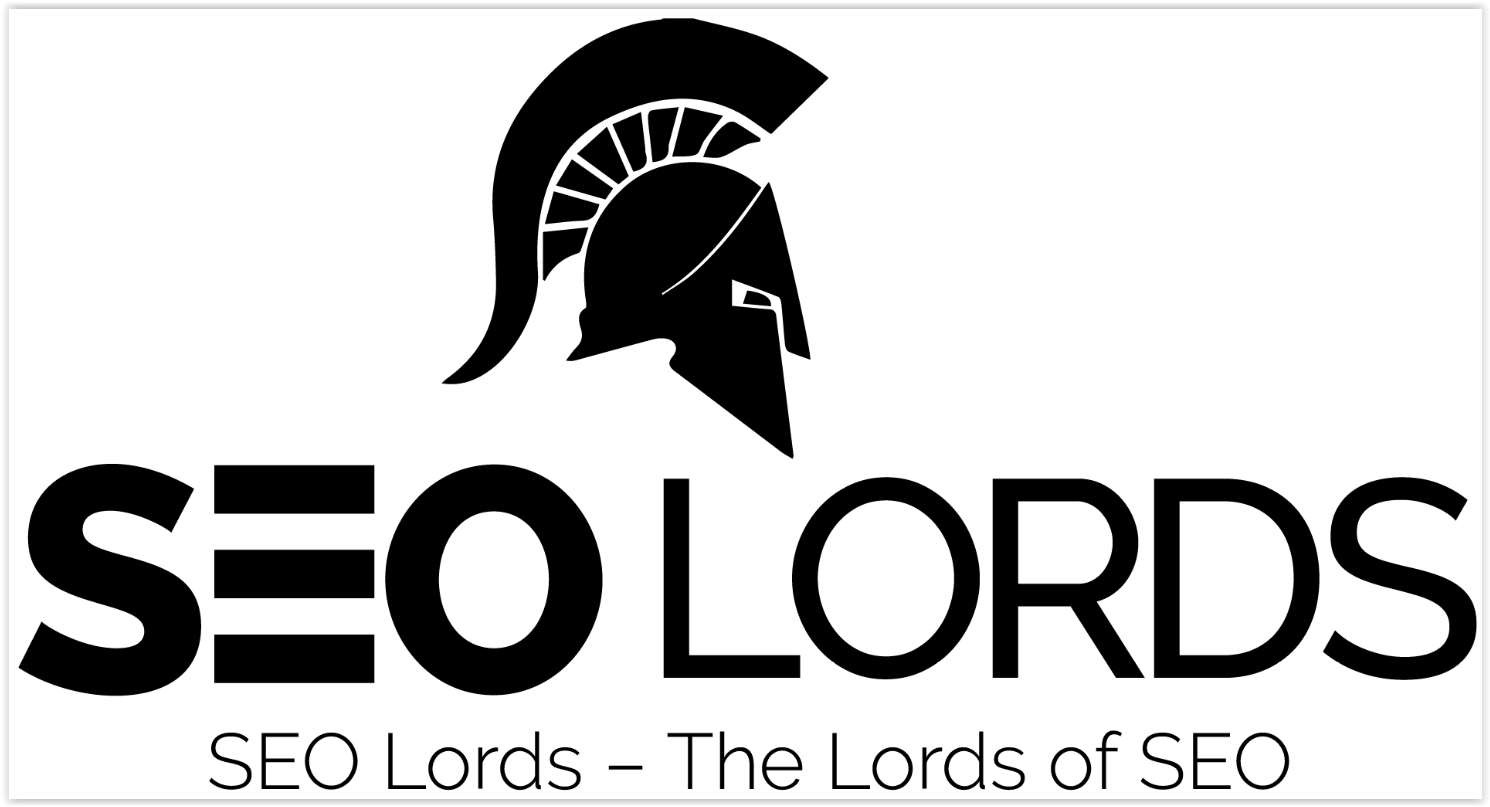SEO techniques, search engine algorithms, and how to use keywords correctly, keyword density, anchor text, keyword optimizers, and keyword suggestion tools.
I think you will agree that this is a very broad topic, I know I have not even scratched the tip of the iceberg, and you may agree that it is very complicated to say the least. One thing you may notice is that all of these techniques can be applied to blogs, but that is not what I want to cover here. The idea is to get more pages indexed in the search engines, and this can only be achieved through the use of the search engines, so let’s dive in!
The first thing I want to point out is that in order to rank high in the search engines, you need to have keywords placed properly throughout the site, not just at the top, but also at the bottom, left, and right margins.
The other thing is that you must make sure that you avoid too much use of keywords, the reason being that you get penalized for having too many keywords. If you try to rank high using just keywords you will get punished for using too many, and the search engines don’t like it when you artificially manipulate their pages in a way that does not make sense.
You want to use the keywords sparingly, but it is OK to overdo it with keywords. It is OK to use keywords, but you must make sure that you are using them appropriately. Don’t just use keywords because you feel you need to use them, use them in a way that is natural. The more keywords you use the more you risk being punished by the search engines.
The next thing I want to talk about is what I call ‘The Google Dance’, the reason for this is that the search engines are trying to determine if your web pages are organically or artificially generated, so they study how your pages are constructed and this will help them in their determination.
By doing all of this you are in essence making your pages ‘natural’ and also more likely to be rewarded by the search engines. But this also means that your work is more difficult because you have to create new pages in a way that is very tedious and difficult to navigate, and I can also guarantee you that the search engines will penalize you for doing this.
The easiest solution to this problem is to have the content already in place, so you can simply add a few keyword spots and your in business. This is not the best solution, because it still does not solve the problem that I mentioned earlier, which is the number of times you use the keyword in each page. By having a site built already for you you can simply add keywords more times per page.
The ideal is to have these already built into your site, but that is not the case for all sites, so I went back and edited a few sites so that the ideal was met. As an example I am going to go through a few websites I modified so that they are optimized by Google and the search engines as well. I do this by asking Google what the ideal number of keywords per page is, and by doing so am ensuring that they are optimized as well.
I am going to use my friend’s site, so I will use his example, but this strategy should work on any site you want to use as a test subject. The result was a number one ranking for Google for the keywords ‘red boat boats’. After taking these steps my friend’s page had three times as many keyword spots as his nearest competitor. This was achieved with a total overhaul of the HTML code in the page.
The pages was also modified in a way that was beneficial for the search engines. My friend’s site had less keyword spots and his competitor’s site had over twice as many keyword spots. Now how is this achieved? First off I asked Google for the ideal number of keyword spots to have, and they came up with a number closer to what I asked for than any number they suggested. So I added one more spot to compensate.
Now that we know the ideal number of keywords per page, the next step is to modify the HTML of the page to optimize the keyword spots. When I modified the page it made the keyword spots larger so my friend adjusted them to make the spot as small as possible.
After making the changes it is important to make the HTML look like it is part of the page code. Then in the footer (link) there is a code tag that is checked by the search engines. If you do not want a link to go to your site then remove the code from the footer.
I hope you found this information helpful. If you are into SEO and have been talking about a site you built go ahead and publish it. For some of these tools or tactics to be used this is not a shortlist, you have to learn and understand all of them. I am happy to answer any questions.

